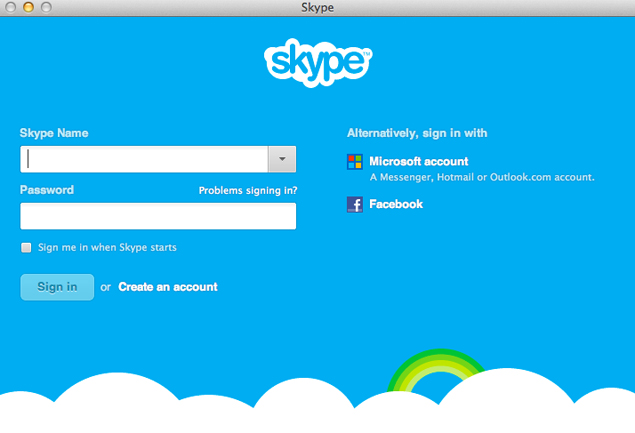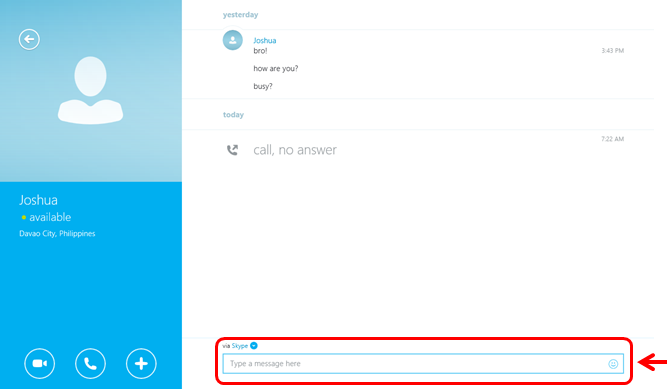

In the second command, the parameter value passed to the ConfiguredInCountryOrRegionGroups parameter specifies the in-country groups that can be used with this dial plan.

The URIType "SipName" indicates that messages will be sent and received using the SIP protocol, and the CountryOrRegionCode of 1 indicates that the dial plan applies to the US. In the first command in the example, the VoIPSecurity parameter, and the parameter value "Secured" indicates that the signaling channel is encrypted by using Transport Layer Security (TLS). Set-UMDialPlan "RedmondDialPlan" -ConfiguredInCountryOrRegionGroups "Anywhere,*,*,*" -AllowedInCountryOrRegionGroups "Anywhere"

For example, these two commands (run from within the Exchange Management Shell) configure a new 3-digit dial plan for Exchange: New-UMDialPlan -Name "RedmondDialPlan" -VoIPSecurity "Secured" -NumberOfDigitsInExtension 3 -URIType "SipName" -CountryOrRegionCode 1 To do so, you must first create and assign a new unified messaging dial plan on your Exchange Server. If you have already configured server-to-server authentication between Skype for Business Server and Exchange Server 2016 or Exchange Server 2013, then you are ready to setup unified messaging. See Plan Cloud Voicemail service for more information. Exchange Unified Messaging as previously known is no longer available in Exchange 2019, but you can still use Phone System to record voicemail messages and then leave the recording in a user's Exchange mailbox.


 0 kommentar(er)
0 kommentar(er)
